Buy this landscape artwork Rock arch in The valley of fire by Gerry van Roosmalen on canvas, ArtFrame, poster and wallpaper, printed on demand in high quality.
About "Rock arch in The valley of fire"
by Gerry van Roosmalen
About the artwork
Valley of Fire consists of bright red Aztec sandstone formations, set among grey and beige limestone mountains. The sandstone dates back to the Jurassic and is a remnant of sand left by the wind after the inland seas retreated and the land rose. As early as 11,000 years ago, early humans settled in southern Nevada. The most striking evidence of habitation are the petroglyphs (petroglyphs) carved into the rocks by the Basketmaker culture about 2,500 years ago, later followed by the early Pueblo culture. Around 1865, the Paiutes lived in the area when the Mormons settled in nearby St Thomas, at the southern end of the Moapa Valley. Agriculture, ranching and mining took place in the region along a narrow stretch of water.
In 1912, a rough road was built through this area as part of the Arrowhead Trail, which connected Salt Lake City to Los Angeles. This road made it possible to travel through what later became known as the Valley of Fire. In the 1920s, the valley got its name, coined by an AAA (American Automobile Association) employee who travelled through the park during sunset. This person is said to have said that the whole valley looked like it was on fire; hence the name. At the same time, the archaeological value and recreational potential of the area were also recognised. About 3,400 hectares of the original federal territory of the Valley of Fire was then transferred to the state of Nevada.
On Easter Sunday in 1934, Valley of Fire was officially opened as Nevada's first state park. However, its legal status was only granted by the Nevada legislature in 1935. Since then, the park has grown to its current size of more than 16,000 hectares, with multicoloured rocks displaying a diverse range of shapes and textures.
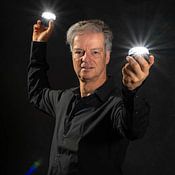
About Gerry van Roosmalen
My name is Gerry van Roosmalen, photographer and author with a passion for images and stories that touch. After years in the corporate world, I followed my heart and chose photography in 2002. I completed the Fotovakschool in Apeldoorn, specialising in portrait and reportage photography.
Documentary and landscape..
Read more…
 Netherlands
Netherlands Ordered in November 2020
Ordered in November 2020
 Germany
Germany Ordered in November 2021
Ordered in November 2021
 Germany
Germany Ordered in February 2025
Ordered in February 2025
 Netherlands
Netherlands Ordered in May 2021
Ordered in May 2021
 Netherlands
Netherlands Ordered in November 2019
Ordered in November 2019
 Germany
Germany Ordered in November 2023
Ordered in November 2023
 Germany
Germany Ordered in October 2022
Ordered in October 2022
 Germany
Germany Ordered in August 2025
Ordered in August 2025
 Netherlands
Netherlands Ordered in November 2020
Ordered in November 2020
 Netherlands
Netherlands Ordered in May 2021
Ordered in May 2021
 Germany
Germany Ordered in May 2019
Ordered in May 2019
 Germany
Germany Ordered in December 2022
Ordered in December 2022
About the material
ArtFrame™
Interchangeable Art Prints
- High-quality print
- Easily interchangeable
- Acoustic function
- Large sizes available
Discover the artworks of Gerry van Roosmalen
 Taraxacum officinale IGerry van Roosmalen
Taraxacum officinale IGerry van Roosmalen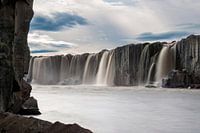 The Selfoss waterfall in the river Jökulsá á FjöllumGerry van Roosmalen
The Selfoss waterfall in the river Jökulsá á FjöllumGerry van Roosmalen SeljalandsfossGerry van Roosmalen
SeljalandsfossGerry van Roosmalen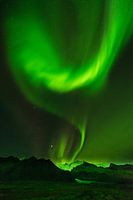 Aurora Borealis, Prima Ballerina of the firmamentGerry van Roosmalen
Aurora Borealis, Prima Ballerina of the firmamentGerry van Roosmalen Ice-cold bubbleGerry van Roosmalen
Ice-cold bubbleGerry van Roosmalen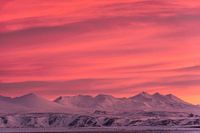 Sunrise over SnaefellsnesGerry van Roosmalen
Sunrise over SnaefellsnesGerry van Roosmalen Tower Bridge early in the eveningGerry van Roosmalen
Tower Bridge early in the eveningGerry van Roosmalen The Eye of the StormGerry van Roosmalen
The Eye of the StormGerry van Roosmalen Gate to infinityGerry van Roosmalen
Gate to infinityGerry van Roosmalen Raudisandur the endless red beach in the west fjordsGerry van Roosmalen
Raudisandur the endless red beach in the west fjordsGerry van Roosmalen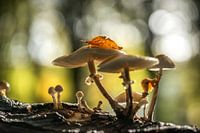 They shoot out of the ground againGerry van Roosmalen
They shoot out of the ground againGerry van Roosmalen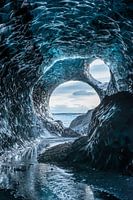 So looking back does helpGerry van Roosmalen
So looking back does helpGerry van Roosmalen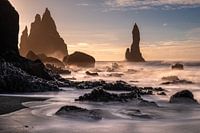 The Battle Against the SeaGerry van Roosmalen
The Battle Against the SeaGerry van Roosmalen Solfar, a famous Icelandic artwork.Gerry van Roosmalen
Solfar, a famous Icelandic artwork.Gerry van Roosmalen Sunset in Saint AnthonisGerry van Roosmalen
Sunset in Saint AnthonisGerry van Roosmalen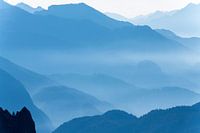 An early morning in the Italian DolomitesGerry van Roosmalen
An early morning in the Italian DolomitesGerry van Roosmalen The wild teasel, speaking of sharpGerry van Roosmalen
The wild teasel, speaking of sharpGerry van Roosmalen View through Antelope CanyonGerry van Roosmalen
View through Antelope CanyonGerry van Roosmalen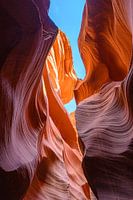 Antelope canyon, the eighth wonder of the worldGerry van Roosmalen
Antelope canyon, the eighth wonder of the worldGerry van Roosmalen Miraculous creationGerry van Roosmalen
Miraculous creationGerry van Roosmalen
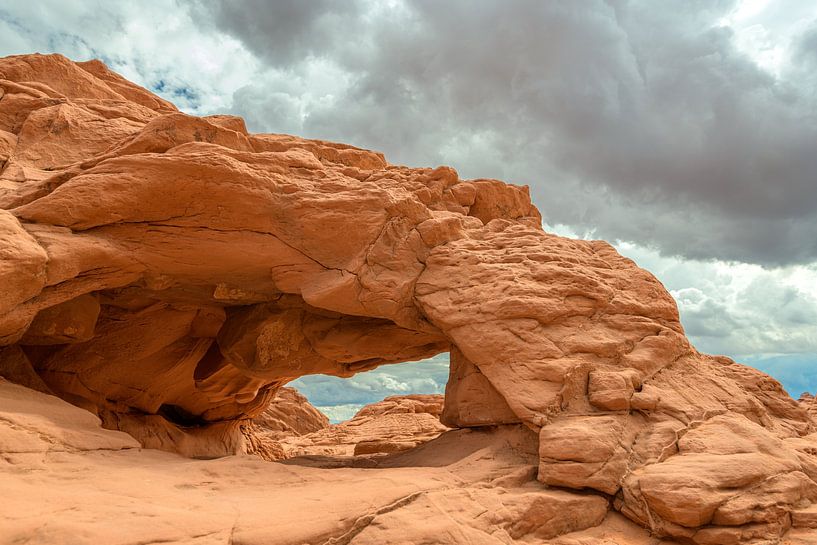

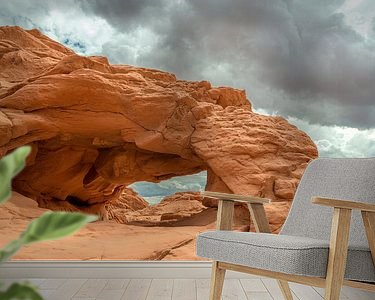








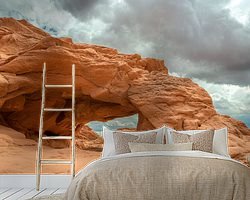

 Bridges
Bridges Landscape photography
Landscape photography Landscapes
Landscapes Mysterious Spheres
Mysterious Spheres Nevada
Nevada North America
North America Photo wallpaper
Photo wallpaper Photography
Photography Serene Peace
Serene Peace









